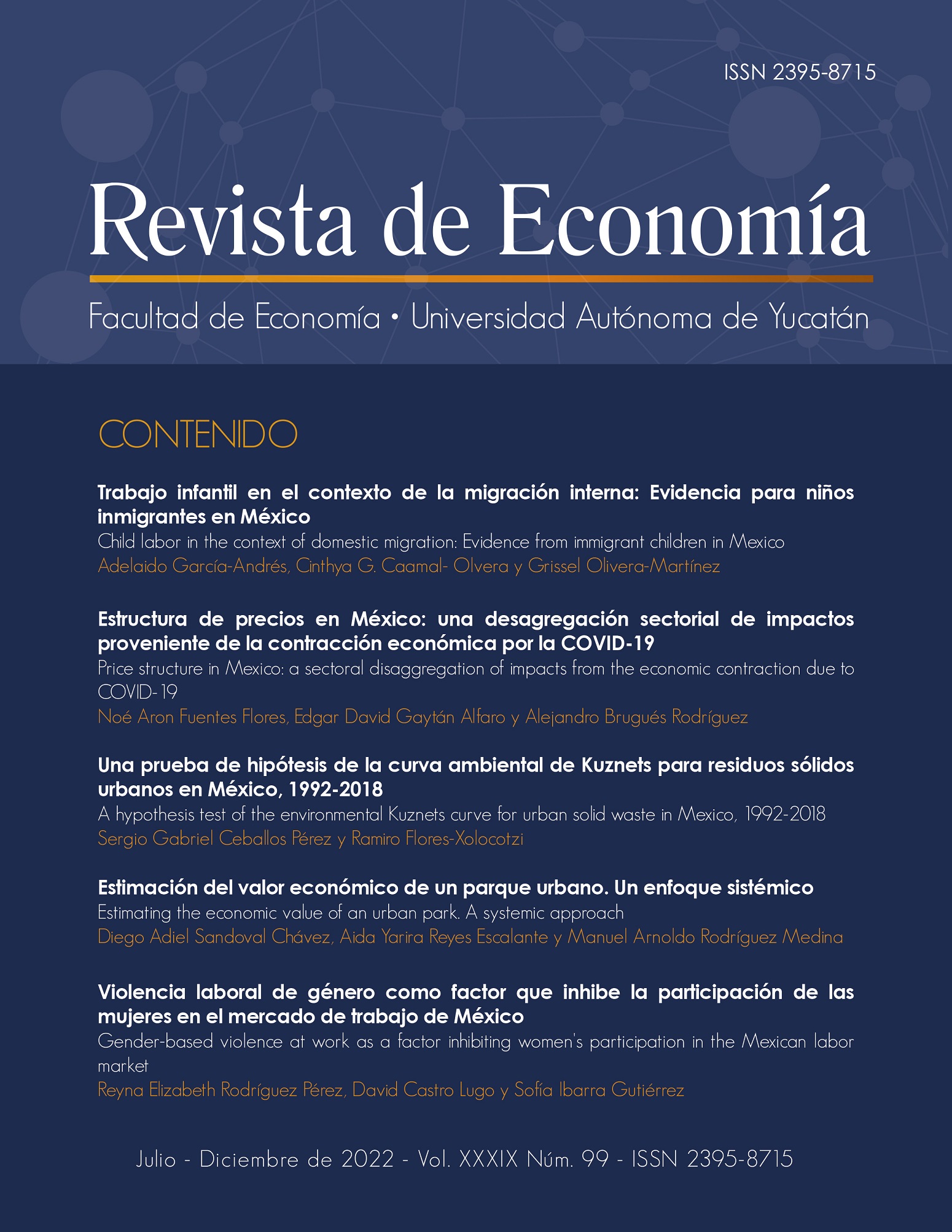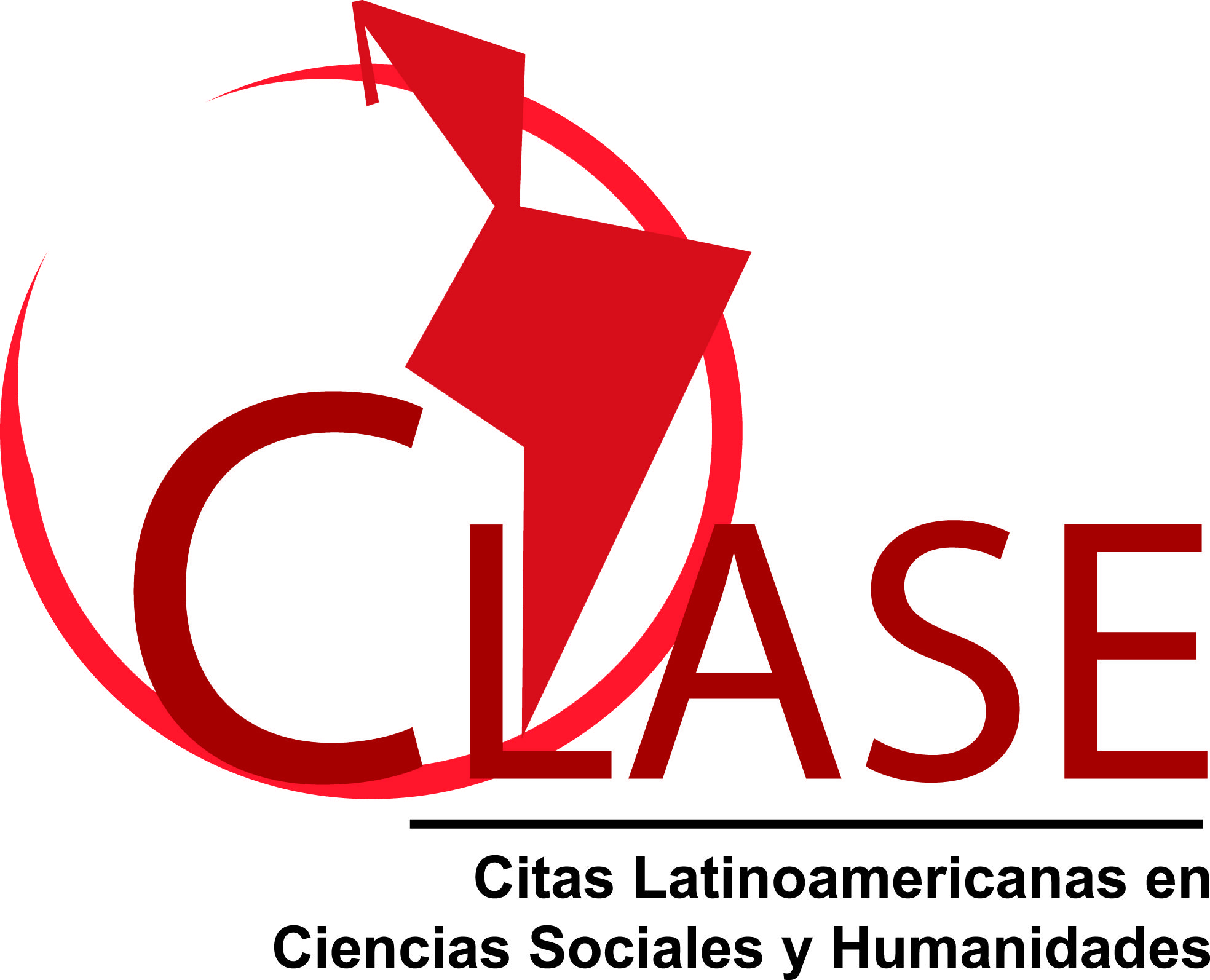A hypothesis test of the environmental Kuznets curve for urban solid waste in Mexico, 1992-2018
Abstract
A test of the Kuznets Curve hypothesis was carried out for urban solid waste per capita in Mexico considering state information from 1992 to 2018. For this, panel data were used, and models were adjusted for random effects, fixed effects, and generalized least squares. feasible and Prais-Winsten regression. Gross Domestic Product, population density, regionalization, and the year in which the government responsible for solid waste measurement changed were considered as
independent variables. The results obtained statistically support a Kuznets Curve for urban solid waste in the mentioned period. However, it was also identified that 24 states are still in the upward phase of the curve, so it cannot be guaranteed that they will reach the inflection point unless the appropriate public policies are carried out. On the other hand, more research is required to contrast the hypothesis considering data at the municipal/city level and include as variables
reforms to the laws for the reduction of waste, final disposal sites, environmental education, taxes on the generation of waste, industries generators of certain waste and environmental policies on waste, which provide greater evidence of said curve.
D.R. © Revista de Economía
The conditions that are required when granting the attribution license called CC -BY-NC-SA are the following:
1. The Universidad Autónoma de Yucatán must be clearly identified as the owner of the copyright of the original publication.
2. The material may not be used for commercial purposes.
3. Any derivative work must be published and distributed under the same open access license as the original publication.











